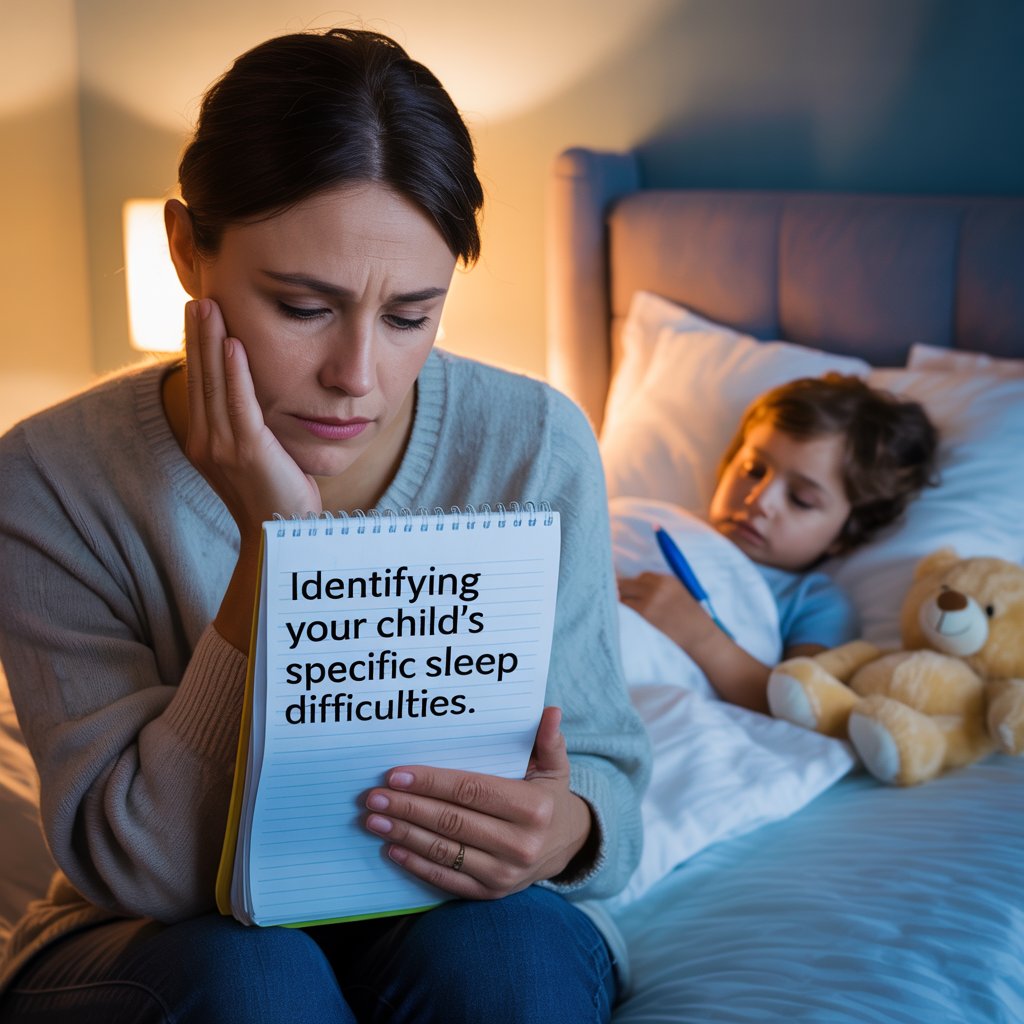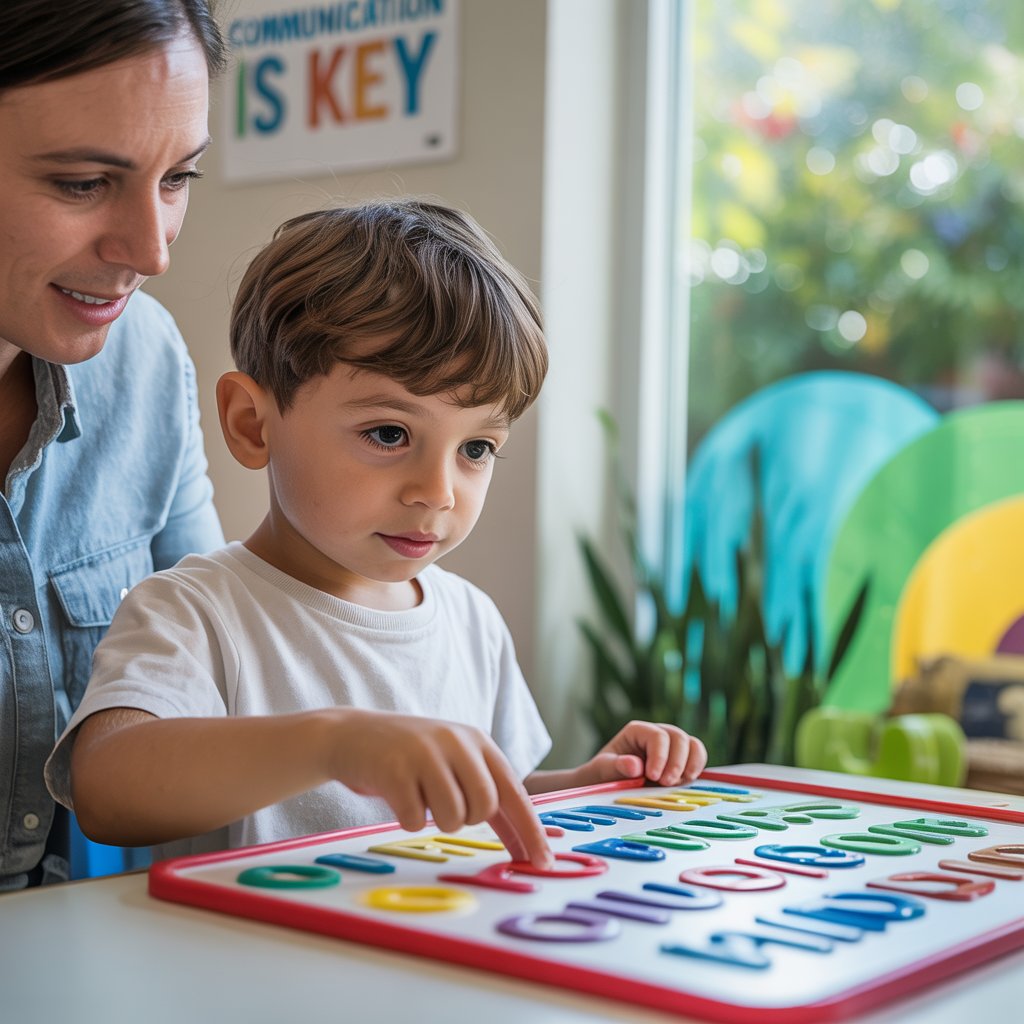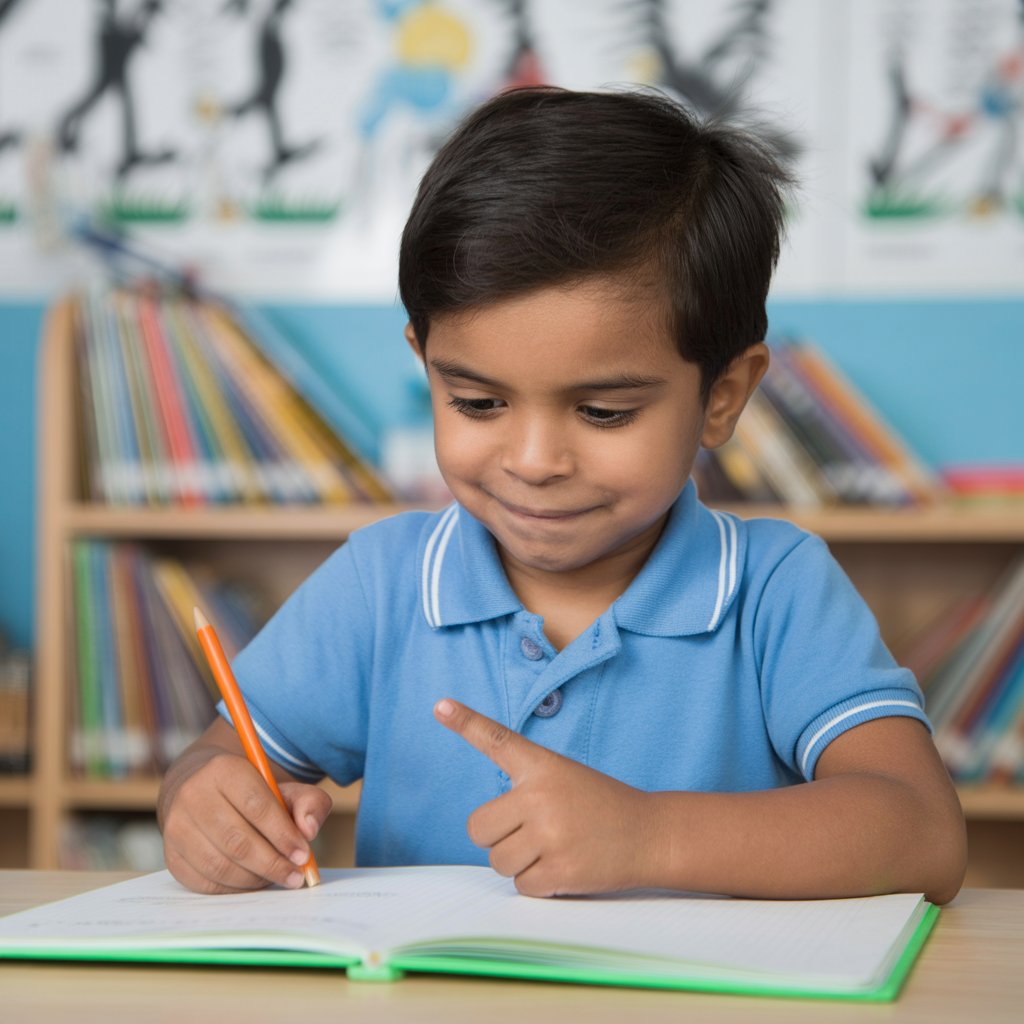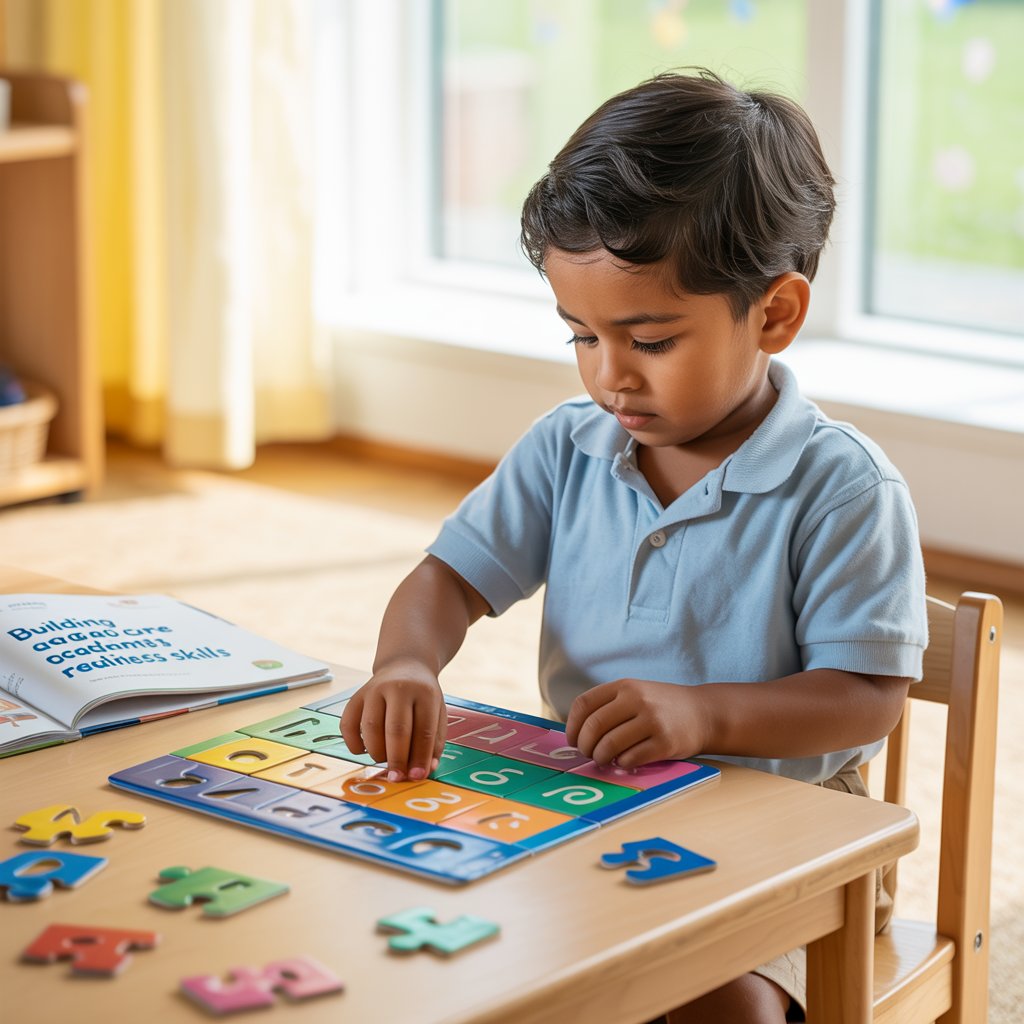Identifying Your Child's Specific Sleep Difficulties

Recognizing signs of insomnia and delayed sleep phase
Sleep problems in autistic children often don't look like typical insomnia. Your child might be wide awake at midnight, bouncing with energy when everyone else is exhausted. This isn't defiance—it's often delayed sleep phase syndrome, where their internal clock is shifted later than most people's.
Watch for these telltale signs:
- Extreme difficulty falling asleep despite being in bed
- Consistent pattern of falling asleep very late (often after 11 PM)
- Morning wake-ups that are nearly impossible
- Daytime sleepiness, especially during morning activities
- Irritability that worsens in the evening
Many parents tell me, "My child seems to get a second wind right at bedtime!" This energy surge is common and often mistaken for hyperactivity when it's actually their body fighting against sleep at the "wrong" time.
Tracking sleep patterns effectively
You can't fix what you don't understand. Start keeping a sleep diary for at least two weeks—longer is better.
Record these daily:
- Bedtime routine start and end times
- Time your child actually falls asleep (not just when they go to bed)
- Wake-up times (including middle-of-night awakenings)
- Factors that might affect sleep (screen time, exercise, meltdowns)
- Food and drink consumption, especially caffeine or sugar
- Medication timing
Digital trackers can help, but nothing beats your observations. Take notes about your child's mood and behavior the next day too—this reveals the real impact of poor sleep.

Understanding sleep anxiety in autistic children
Sleep anxiety hits differently for autistic kids. The transition from wakefulness to sleep involves a loss of control that can be terrifying.
Your child might experience:
- Escalating distress as bedtime approaches
- Physical symptoms like stomachaches or headaches
- Excessive need for reassurance ("Will you stay until I fall asleep?")
- Rigid bedtime rituals that can't be changed
- Fear of the dark that seems extreme
This anxiety isn't manipulative—it's real and overwhelming. Many autistic children describe sleep as "scary" because they can't predict what will happen when they close their eyes. Dreams and the sensation of falling asleep can be particularly disturbing sensory experiences.
Differentiating between sensory and behavioral sleep issues
Figuring out if your child's sleep troubles stem from sensory sensitivities or behavioral patterns is crucial—because the solutions are completely different.
Sensory-based sleep issues include:
- Extreme sensitivity to bedroom temperature, light, or noise
- Discomfort with certain pajama fabrics or textures
- Distress about the feeling of blankets or sheets
- Aversion to specific smells in the bedroom
- Difficulty processing the physical sensation of falling asleep
Behavioral sleep issues typically involve:
- Inconsistent bedtime routines
- Screen use before bed
- Reinforced patterns (like parents staying until child falls asleep)
- Daytime habits that interfere with nighttime sleep
- Anxiety-driven behaviors around bedtime
Most autistic children experience a mix of both, but identifying which is dominant helps target your approach.
When to consult a healthcare professional
Don't wait until you're all running on empty. Seek professional help if:
- Sleep problems persist for more than a month despite your best efforts
- Your child shows signs of sleep apnea (pauses in breathing, snoring, gasping)
- Extreme daytime sleepiness affects school performance
- Bedtime resistance involves dangerous behaviors
- Sleep issues are causing significant family stress
Healthcare providers to consider include developmental pediatricians, sleep specialists, occupational therapists with sensory expertise, and psychologists familiar with autism. Many families find that a team approach works best.
Remember that medication should rarely be the first solution, but can be appropriate after thorough evaluation. Your pediatrician might suggest melatonin, but even this "natural" option should be used with professional guidance.







